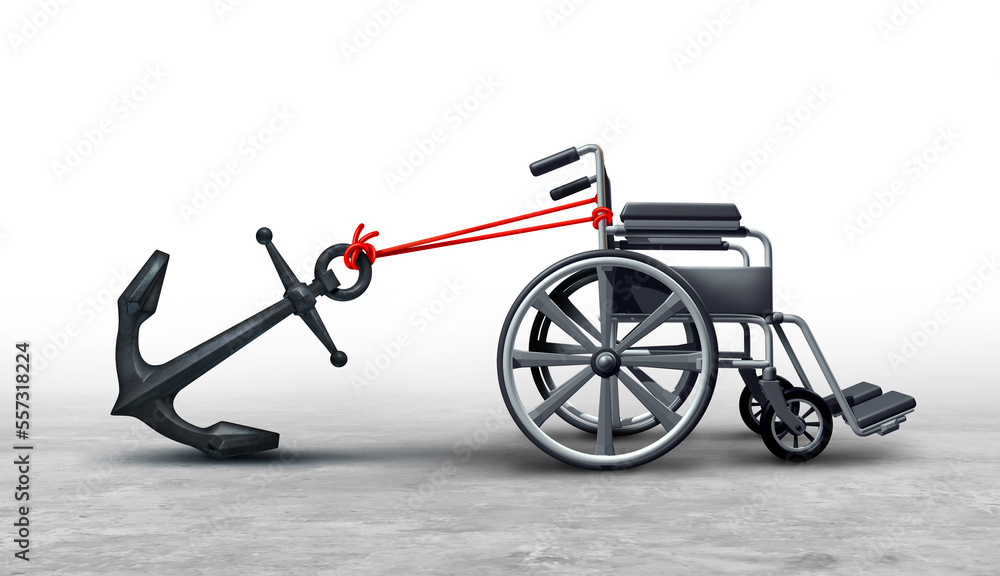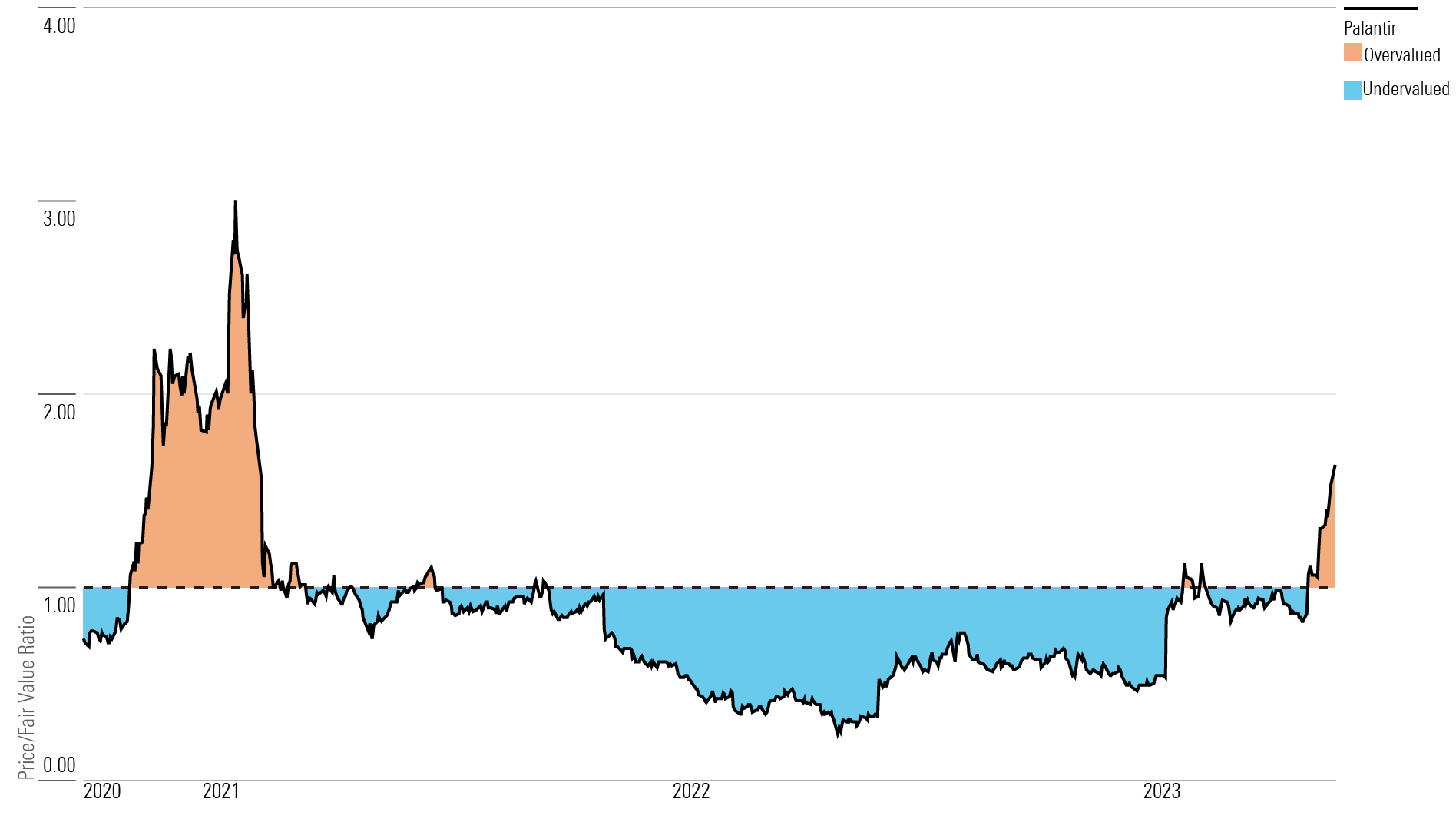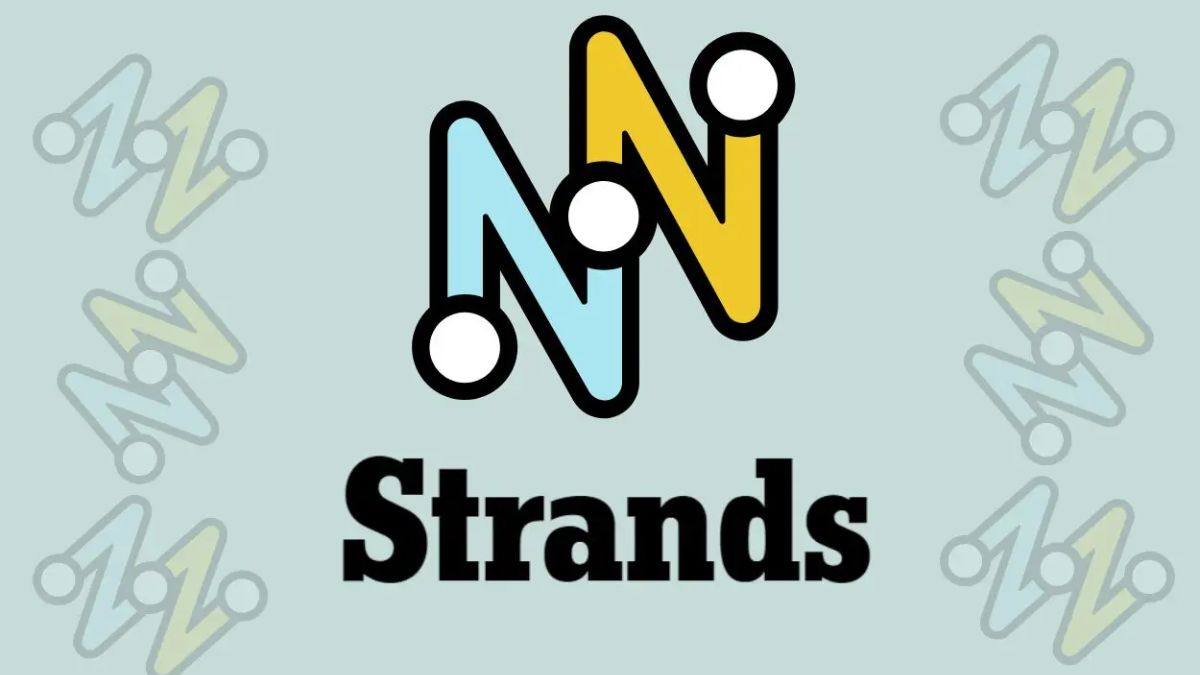Elizabeth Line Accessibility: Addressing Wheelchair User Challenges

Table of Contents
Station Accessibility
Examining the physical accessibility features of Elizabeth Line stations is paramount to understanding the overall accessibility experience. Several key areas require attention to ensure a smooth and safe journey for wheelchair users.
Ramp Availability and Steepness
While some stations, such as Bond Street, boast wide and manageable ramps, other smaller stations present steeper inclines, posing significant challenges for wheelchair users.
- Analysis of ramp lengths and gradients impacting wheelchair users: Steeper ramps require greater exertion and can be difficult or impossible for some wheelchair users to navigate independently. Longer ramps, while less steep, may also be problematic for users with limited stamina.
- Comparison to accessibility standards (e.g., DDA regulations): A thorough assessment against the Disability Discrimination Act (DDA) regulations and other relevant accessibility standards is crucial to identify areas for improvement. Many stations may meet minimum requirements, but exceeding these standards would significantly enhance the user experience.
- Suggestions for improving ramp design in future stations or retrofits: Investing in gentler gradients and wider ramps, along with improved handrails and anti-slip surfaces, is crucial for future station designs and retrofits of existing ones. Consideration should also be given to the provision of ramped access to all platforms and facilities within the station.
Lift Availability and Reliability
The availability and reliability of lifts are critical for wheelchair users accessing platforms and different levels within stations.
- Statistics on lift breakdowns and repair times: Data on lift malfunction frequency and repair times is needed to understand the impact of these breakdowns on wheelchair users. Proactive maintenance and rapid response times are essential.
- User feedback on lift functionality and waiting times: Collecting user feedback through surveys and online platforms is vital for identifying areas of concern and improvement. Long waiting times for lifts are a common complaint and a significant accessibility issue.
- Recommendations for improving lift maintenance and emergency procedures: Regular preventative maintenance, along with readily available emergency assistance in case of lift failure, is critical. Clearly visible emergency contact information within lifts is essential.
Platform Gaps and Boarding Assistance
The gap between the train and the platform presents a significant challenge for wheelchair users. Boarding assistance is therefore crucial.
- Measurements of platform gaps at different stations: Consistent measurement and analysis of platform gaps are vital to identify areas requiring improvement and to ensure that all stations meet accessibility standards.
- Effectiveness of staff assistance programs: The availability and responsiveness of staff trained to assist wheelchair users with boarding is paramount. Regular training and clear protocols are needed to ensure effective assistance.
- Suggestions for improving boarding mechanisms for wheelchairs: Innovative solutions, such as adjustable platforms or improved bridge mechanisms, should be explored to reduce the risk of falls and improve the ease of boarding for wheelchair users.
On-Board Accessibility
Accessibility within the trains themselves is just as important as station accessibility.
Wheelchair Spaces and Securement
The provision of adequate and secure wheelchair spaces is crucial for a comfortable and safe journey.
- Number of wheelchair spaces per train: The number of wheelchair spaces should be sufficient to meet the demand, particularly during peak hours.
- Adequacy of space for wheelchairs and accompanying luggage: Sufficient space for wheelchairs and accompanying luggage is vital. This should include space for maneuvering and transferring.
- Security and stability of wheelchair restraints: Reliable and easy-to-use wheelchair restraints are essential to ensure the safety and security of wheelchair users during the journey.
Announcements and Information
Clear and accessible announcements and information systems are essential for all passengers, particularly those with visual or auditory impairments.
- Clarity of audio announcements for passengers with visual impairments: Announcements should be clear, concise, and easy to understand. Consideration must be given to volume, pace, and clarity of speech.
- Availability of tactile information for blind and partially sighted passengers: Tactile maps and signage are essential for navigating the station and train.
- Suggestions for improving the accessibility of information systems: Investing in modern and accessible digital information systems that cater for both visual and auditory needs is critical.
Navigating the Elizabeth Line: Wayfinding and Signage
Effective wayfinding and signage are crucial for all passengers, especially those with visual impairments or mobility challenges.
Tactile Paving and Signage
Tactile paving and braille signage are essential for guiding visually impaired passengers.
- Assessment of the presence and condition of tactile paving throughout stations: Regular inspections to ensure the tactile paving is present, in good condition, and correctly installed.
- Clarity and consistency of braille signage: Braille signage must be clear, legible and correctly positioned.
- Suggestions for improved wayfinding for visually impaired passengers: Use of audio beacons, improved lighting, and clear verbal instructions can significantly enhance wayfinding.
Accessible Information on Apps and Websites
The official Elizabeth Line apps and websites should provide accessible information for all users.
- Screen reader compatibility for visually impaired users: Websites and apps must be compatible with screen readers used by visually impaired users.
- Accessibility of journey planning tools for wheelchair users: Journey planning tools must cater to the specific needs of wheelchair users, indicating accessibility features at each station.
- Suggestions for improved digital accessibility: Regular accessibility audits and adherence to WCAG guidelines are crucial for ensuring digital inclusion.
Conclusion
The Elizabeth Line represents a significant advancement in London's transport network, but improvements to accessibility for wheelchair users are crucial for ensuring its inclusivity. Addressing the challenges highlighted – from station infrastructure and on-board features to information accessibility – is essential for providing a truly seamless and comfortable experience for all passengers. By focusing on improved ramp design, reliable lifts, better boarding assistance, clearer announcements, and accessible digital platforms, Transport for London can make the Elizabeth Line a model of accessibility for other transport systems worldwide. Let’s work together to make the Elizabeth Line fully accessible to all, promoting true Elizabeth Line accessibility for everyone.

Featured Posts
-
 Should You Buy Palantir Stock A Pre May 5th Earnings Review
May 10, 2025
Should You Buy Palantir Stock A Pre May 5th Earnings Review
May 10, 2025 -
 Does The Us Government Fund Transgender Mouse Research A Comprehensive Look
May 10, 2025
Does The Us Government Fund Transgender Mouse Research A Comprehensive Look
May 10, 2025 -
 Nyt Crossword Strands Today April 6 2025 Complete Guide
May 10, 2025
Nyt Crossword Strands Today April 6 2025 Complete Guide
May 10, 2025 -
 Elizabeth City Police Seek Suspect In Vehicle Break Ins
May 10, 2025
Elizabeth City Police Seek Suspect In Vehicle Break Ins
May 10, 2025 -
 Analyzing The 2025 Nhl Playoffs After The Trade Deadline
May 10, 2025
Analyzing The 2025 Nhl Playoffs After The Trade Deadline
May 10, 2025
